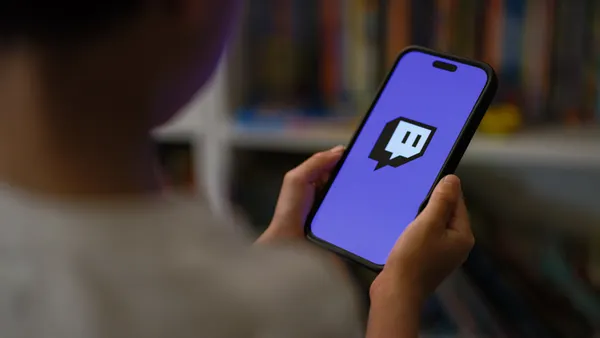Dive Brief:
- Network coalition OpenAP, which includes NBCUniversal, Fox and Viacom, is introducing a centralized marketplace to let marketers and agencies buy video ads across traditional and streaming TV, according to a Thursday announcement.
- OpenAP 2.0, developed with Accenture and Comcast's FreeWheel, will begin testing in June and is set to roll out by fall.
- The consortium's new marketplace will be automated and provide unified performance reports for ad buyers, such as CPM and estimated reach. It will also offer an option to break down a buyer's media plan more granularly across each publisher. However, it will not include real-time bidding, according to Ad Age.
Dive Insight:
A major criticism of the consortium since its 2017 founding surrounds a need for buying inventory. OpenAP initially aimed to simplify the targeting of specific audiences across rival TV networks but didn't let advertisers buy ad time through the system. Instead, they had to complete transactions with individual networks. OpenAP 2.0 will reportedly solve that, letting agencies and marketers build consistent audience segments across a number of participating publishers for both linear and digital video and activate these audiences through ad buys from a centralized location.
However, the marketplace doesn't include inventory from major TV networks like CBS, Disney and WarnerMedia, which announced last week it was pulling out of the consortium after AT&T completed its acquisition of Time Warner, the company that would later rebrand as WarnerMedia. Time Warner owned Turner, a business unit that helped to found OpenAP and was dissolved following the acquisition.
The news comes as traditional broadcast networks strive to offer more advanced advertising capabilities to better compete with ad giants Facebook and Google, which let advertisers more easily target specific audiences. Additionally, as connected TV and over-the-top streaming audiences grow, advertisers are looking for ways to efficiently deploy campaigns across viewing channels, something that is currently a challenge. Solutions like OpenAP 2.0 promise more granular viewer targeting, addressability and cross-network media planning and buying as networks try to adapt to consumer trends like cord-cutting.













